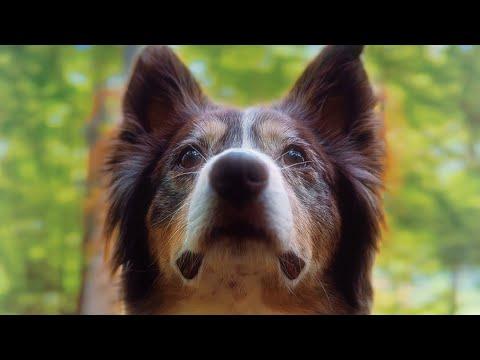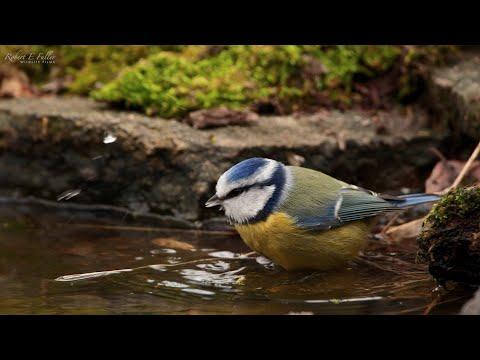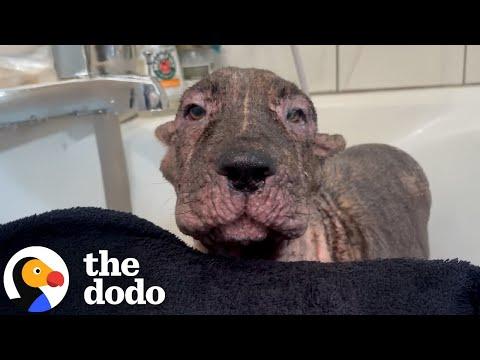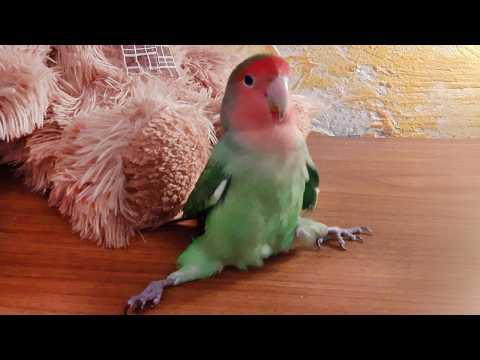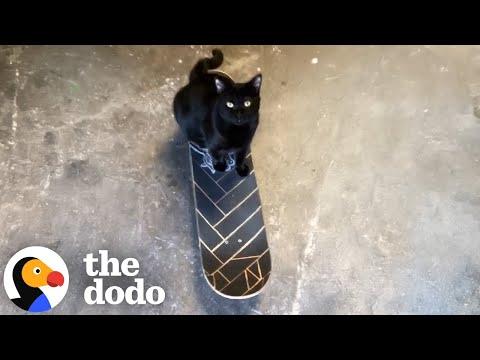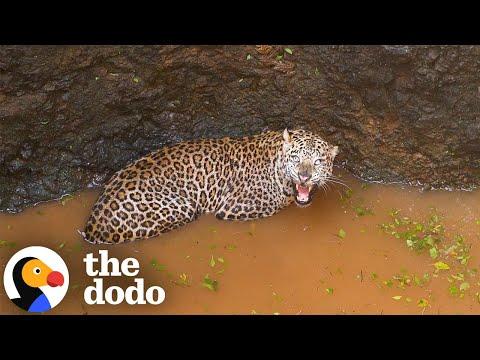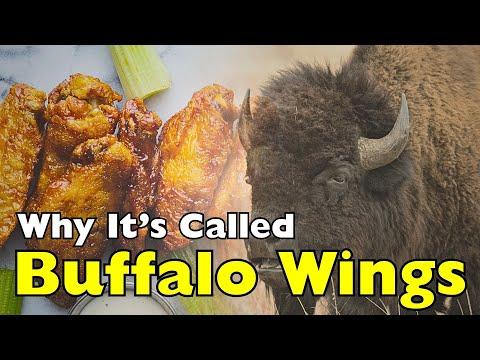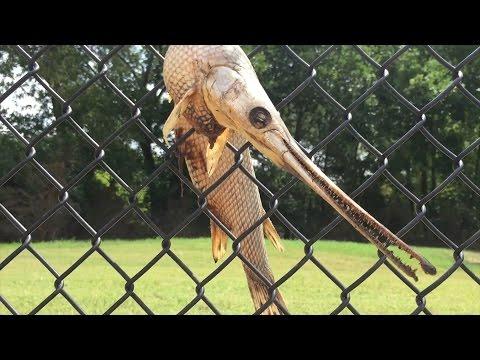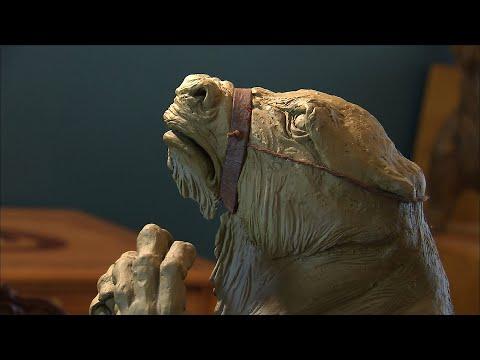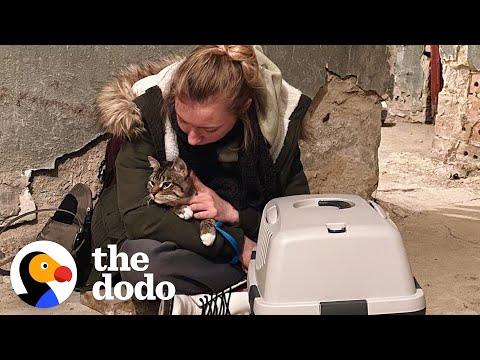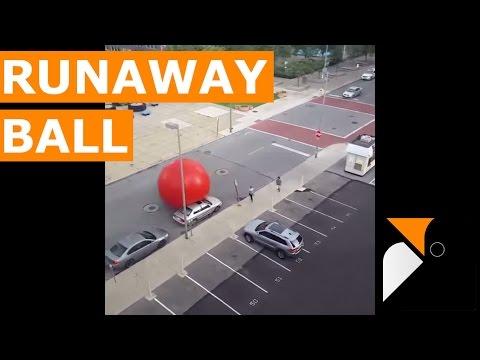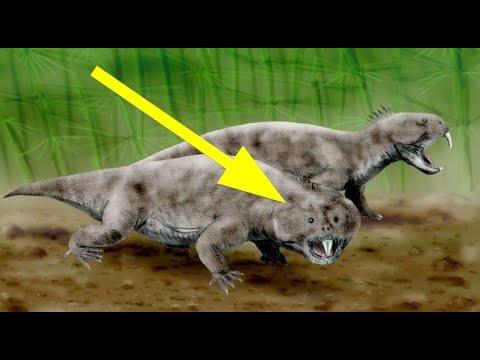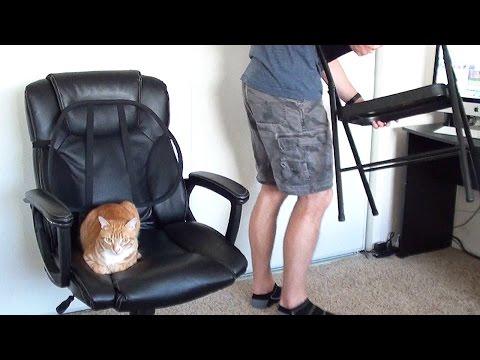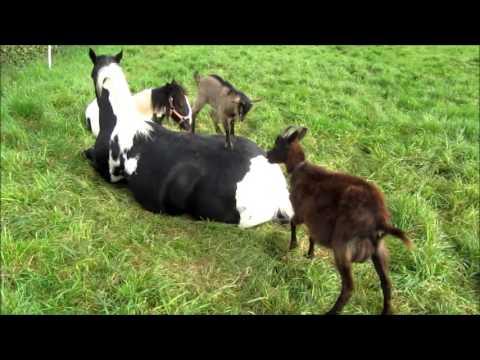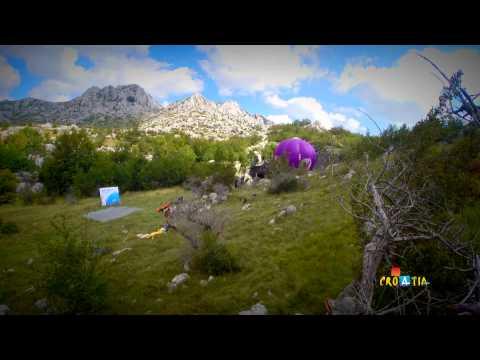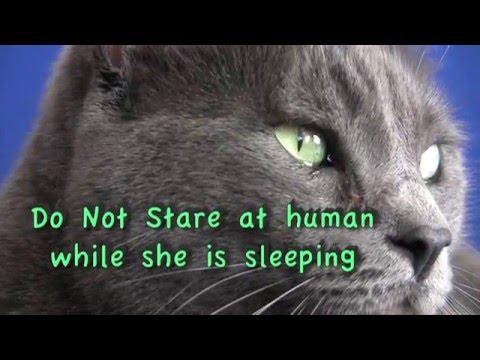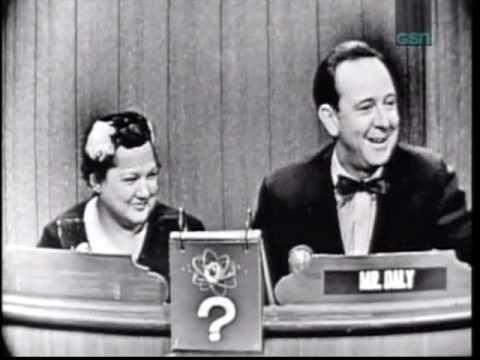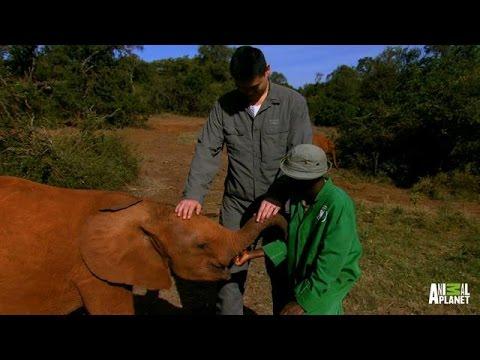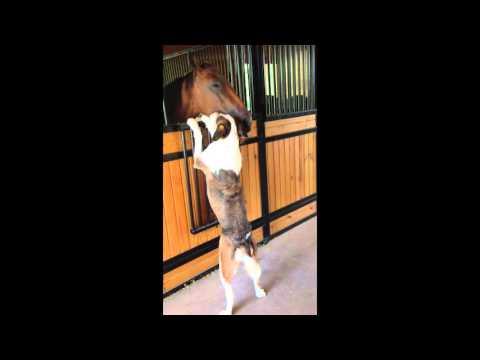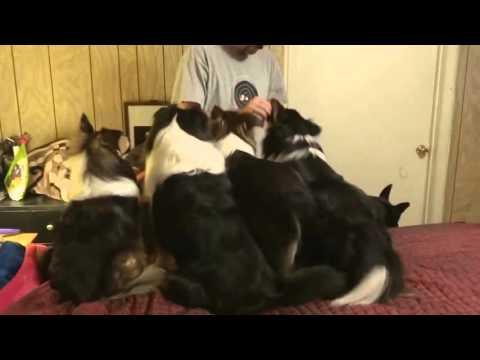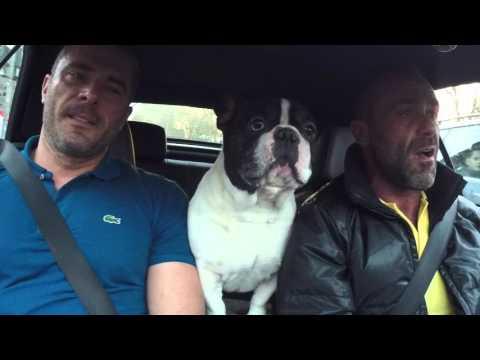SAVED! Prehistoric Bird Escapes Extinction!
Description
On this episode of Breaking Trail, Mario and the crew are in California to work with some bizarre yet magnificent Prehistoric birds.. critically endangered California Condors! Watch as they assist in pulling biometric data and perform health assessments on these incredible birds!
Video Script::
- Whoa. Did you see that? It just flew right over
my head, it's huge. Every time it flaps you could
just hear the wind and noise. Okay, we got one cornered. (dramatic music) - [Narrator] To encounter
a California condor soaring wild today, hear the rush of wind as it effortlessly glides by, follow the shadow it
casts on the landscape with it's nine-foot wing
span and be reminded that at one point not too long ago, a sight like this would
have been impossible, for the California condor almost crossed an irreversible threshold
that all species dread, extinction. To learn about the plight of
the largest flying land bird in North America, we're heading
to the state of California, the namesake of the species. Our adventure starts in the
bustling city of Los Angeles. - This landscape is vastly different than what condors used to
see when they used to fly in this habitat, this
was their former range, now it is what you see in front of us, it is a city of four million people, and of course, people,
sky scrapers, urban sprawl does not mix with a prehistoric bird, like the California condor. As we navigate the traffic
and congestion of the city, it's hard to imagine how vastly different this landscape once was. If we go back in geological time to the late place to scene,
the cars would be replaced with herds of mammoths that were stalked by saber-toothed tigers
and short-faced bears. And looking down on this scene would have been the California condor. In order for the condor to thrive today, it requires vast open
expanses, nesting cliff faces and, of course, food in the
form of large carcasses. As time has passed, the
resources in this area have decreased due to high demand for agricultural and land development, which ultimately led to the
steep population declines of these prehistoric birds. We are on our way to meet up
with U.S. fish and wildlife service biologist Molly Astell, who is working at the Bitter
Creek National Wildlife Refuge on the California condor program. We're gonna be helping Molly and her team workup some of these condors that they actually have in flight pens. The program that we're going
to be working with today is responsible for saving the species. So what does the term workup mean? I will help catch a number
of different condors, assist in pulling biometric data and, lastly, we will do an
overall health assessment before the birds are
released back into the wild. And we have arrived at the Bitter Creek National Wildlife Refuge. After meeting Molly, I immediately noticed a large flight pen and
that is when I spotted my first condor. This is officially the
moment where I've seen my first California condor. The the flight pen is a
structure that biologists use to safely trap birds
and temporarily house them while doing important check-ups. With several birds in the flight pen needing to be worked up and released, Molly had to give me a crash course in the proper handling
technique of condors. And then I was ready to
enter the flight pen. We immediately became engulfed
in a frenzy of condors as they flew over us,
swiftly avoiding capture. It's a huge bird, every time it flaps you could just hear the wind and noise, picks up the dirt. Whoa. Did you see that? It just flew right over
my head, it's huge. You gotta keep your head on a swivel, just flying everywhere. It might look chaotic, but
the team paid close attention to the birds and worked
fast and efficiently to reduce any stress. Okay, we got one cornered. They're huge. Molly quickly netted the first bird and then got it ready for me to hold. Here you go. And the condor is free of the net. - So we'll go over to the chair and I'll hand this guy over to you. - All right, so next step is I'm actually going be holding this condor as we actually do the work up,
so I'm taking off this GoPro. All right, so like this? - Yep.
- There we go. - There we go. - Feels solid. - I'm holding a California condor, it is a solid bird. Right now my left hand is
holding the head secure. What's very noticeable on this condor is that large number
tag that's on the wings. And that's very distinct
in order for the biologist to get a quick look and know exactly what condor they are looking at. With a bird in hand, it was
time to collect the biometrics, it appears healthy, which means it's ready to be released
back into the wild. All right, here we go. The condor was considered
functionally extinct in the wild, when biologists captured
the last remaining bird in 1987, to bring into captivity for an intensive breeding program. The world population at the time was only 22 California condors, today, thanks to the management efforts, the total number is rising, with close to 500 condors in existence. However, the species still
faces several challenges and remains critically in danger. One down and several more condors to go, so we're gonna put this GoPro back on and we're gonna go ahead and get our next vulture for the workup. Each time a condor was worked up, it allowed us the opportunity
to get a closer look at the amazing features of
these prehistoric birds. So I'm looking at the feet of the condor, you'll notice that the
talons are not super sharp, this is not a bird that
actually has to grip prey items, so actually they're used more for walking and stabilizing the bird. - If you guys can see the tongue, can you see those barbs on it at all? - [Mario] Yeah, I can. - So it kind of grabs the meat with that and then it pulls its tongue in, kind of like ratcheting that meat in. - So chomping.
- It's really cool. - Just kind of gripping
that flesh, rotting flesh and just swallowing it down. Oh wow. So birds have what's called their crop and that's an area where they
could actually store food, instead of just gorging themselves, so that'll actually fill up with food. Each bird is fitted with both
GPS and VHF transmitters. Now, the transmitters over the years, I'm sure they've become more advanced. - [Molly] Pretty much every bird with this has their own cellphone number. - [Mario] During the workup process, each bird receives a
full health assessment and an assortment of biometrics are taken. - Three, two, one, everything looks good. - [Mario] Got nice tail feathers. - [Molly] Got nice tail feathers. - All the ladies are gonna be
looking at your tail feathers, don't lose 'em. I lose my tail feathers sometimes. Actually, I lost some of my head feathers. (chuckles) That's why I wear a hat. - Yeah. (laughs) Okay, so I would say the easy
part is holding the bird, now I'm going to participate
in taking blood from the bird. I'm gonna poke this bird, I apologize if it gets angry. But there is a process, we're gonna, of course, take a blood sample because this is the most
important part of this workup, is getting that blood sample to determine if there're any high or elevated levels of blood. High levels would indicate the bird is ingesting lead contaminants
from the environment. One of the most common ways of ingestion is from the presence of
spent ammunition fragments found in the carcasses
left behind by hunters, the birds utilize this easy food source and over time develop blood poisoning, which can have deadly results. All right, thank you sir. With several birds successfully released, Molly assigned me a final task, net one of the last birds on the list, an adult male that was
known to be a bit feisty. If you think I'm ready
I'm gonna give it a shot. - I think you're up for it. - All right, let's go in
there, get the last bird. It's an adult? - It's an adult. - [Mario] All right, I think I'm ready. 740 is the last one for us to capture. He knows what's up, he keeps
going up, avoiding Dave. (sentimental music) - [Molly] You ready Mario. You got him! - All right, we got 740. We got the bird in the net and we gotta get the bird out of the net. - Yeah, and you can start
by getting that tail out. Cool. That's a great start. You're gonna go underneath the net there and take over on the beak. - How's that? - That looks awesome. And you're gonna go
over that leg, perfect. And then grab that other drumstick. Then you got the bird. - I got the bird. Oh boy.
- Nice. - So there you have it, number
740, we finally got him, the last bird we needed to workup. And it's an adult. The way we know it's an
adult is look at that head, look at that striking coloration, and of course that bold head. The juveniles have some
feathers on their head but as they mature they
lose all the feathers and they get this nice
pinkish-orange coloration to them which is the classic
California condor look. And they eye is red and around the eye you've got that beautiful,
yellowish hue to the skin, very striking coloration,
it's definitely distinct, looking into the eyes
of a California condor. All right Molly. - Cool.
- Let's get going with the processing, right? - Sounds good, yeah. - Okay. After completing the workup
and determining that this bird was healthy, the next step
was to release this big male back into the wild. As I prepare for the release, I could feel an incredible anticipation, both in myself and in the bird. The condor tensed up and
began to flex its wings, ready to take off. And as I let go, a few
large flaps launched it up into the air. I watched in amazement
as the enormous bird seemed to effortlessly
glide off into the distance, a sight that we can never lose again. Every species has its purpose in the world and is tightly bound to an
intricate flow of energy that, if disrupted by human actions, can quickly spiral into the
extinction of a species. California condors are new world vultures and play a vital role in the ecosystem as nature's cleanup crew, consuming carcasses that can
harbor bacteria and disease. As a biologist, I am inspired
by the tireless dedication that Molly and her team have given to protecting the California condor. And I feel it's a
responsibility we all share as stewards of our planet. If you want to learn more or get involved with condor conservation, click on the links in the
video description below to ensure that this prehistoric
bird continues to soar into the future. If you thought these birds
were incredible and huge, check out an even bigger
bird, the cassowary and some of our other
favorite feathered friends. And don't forget, subscribe and click the notification bell, so you can join me and the
crew on our next adventure. (dramatic tone) (animal sounds)




